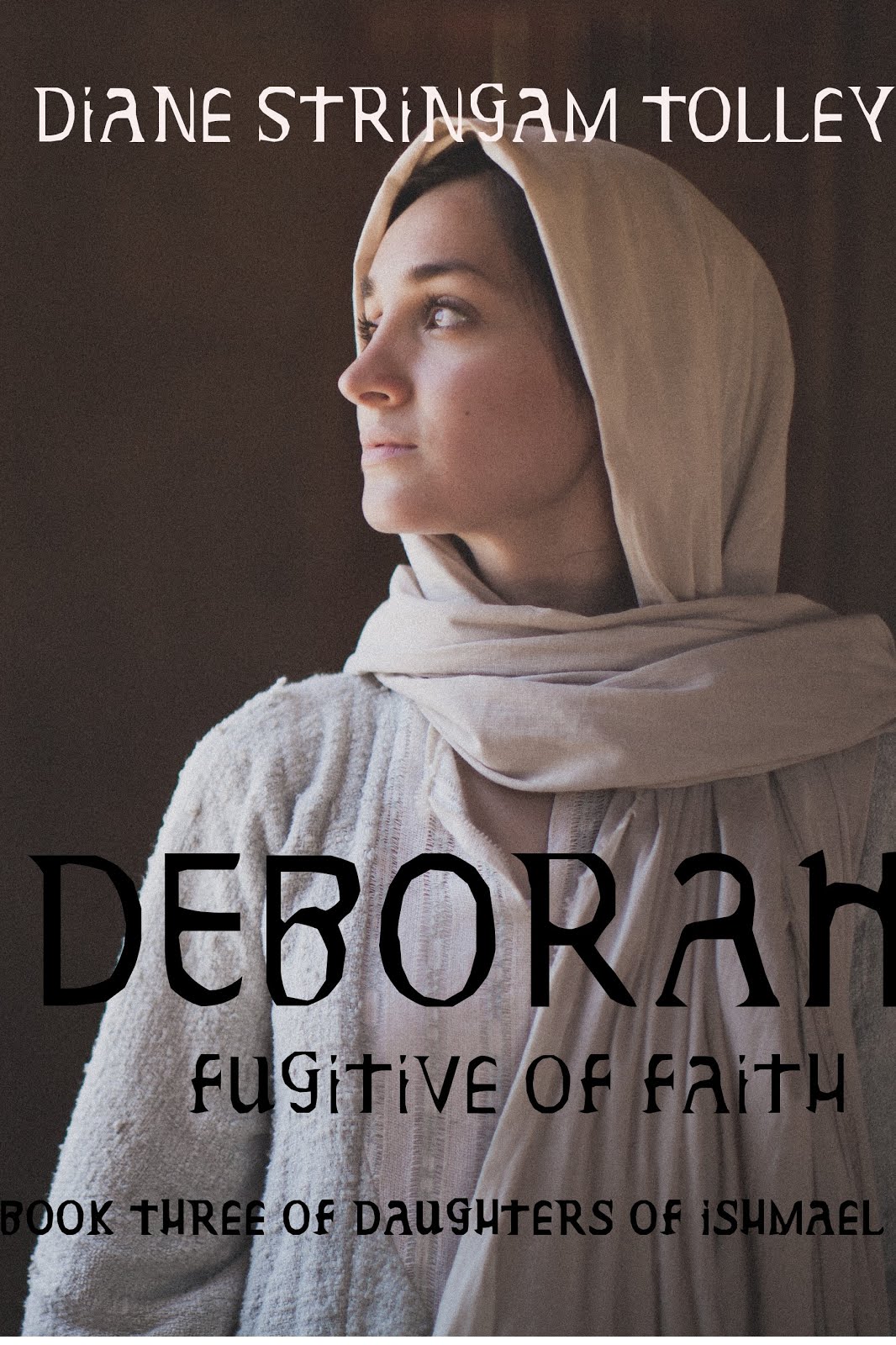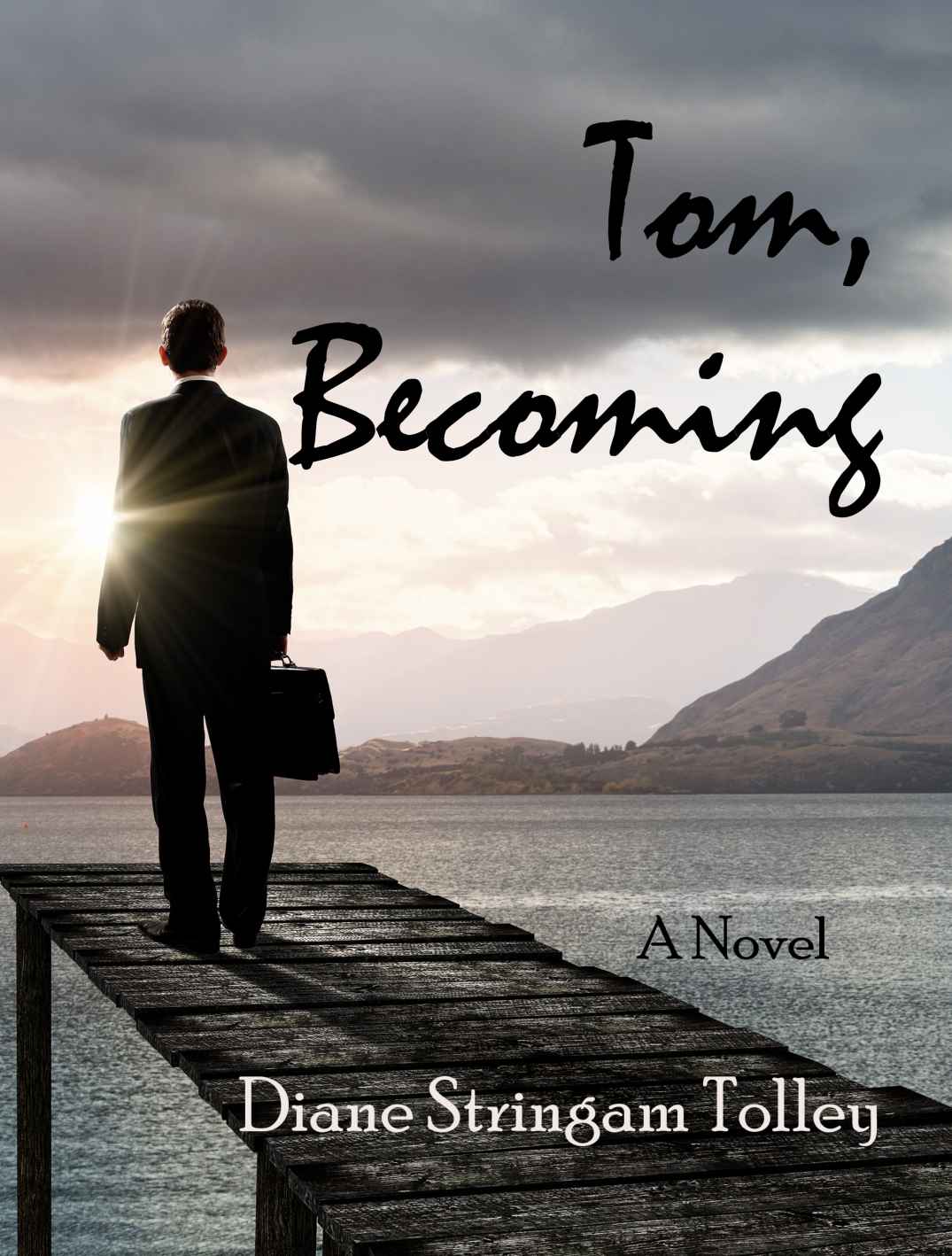Equal time.
The story of my Grandma Berg's courtship and marriage, as told by her son, Roy.
 |
| My Grandma Berg's Mother, Fredrika. 1890 |
 |
| My Grandma, Signe Ellen Viktoria Jonsson 1919 |
Ellen, daughter of Fredrika and Efraim Jonsson, was born
August 23, 1894 in Alghult in the province of Smaland in south east Sweden. She
was the second in a family of six girls and one boy. They lived in the small
farm hamlet called Ostra Ras. The hamlet consisted of four family homes located
on a keyhole drive in the centre of the farm holdings. The four families owned
and operated the farm and attached woodlot jointly.
(Smaland is a rocky, treed province, famous for fine
glassware and superior furniture. Over the centuries, Smalanders had grubbed
and hewn their small holdings out of the rough terrain. There is a Swedish
saying that if you put a Smalander on a rock with a goat, both would thrive.)
The small community produced most of their necessities--food,
clothing, shelter—on the farm. Income for other needs and luxuries was
generated primarily from their woodlot. Occasionally, pigs, chickens or calves,
as well as some farm produce, were sold or traded.
Life on the Swedish farm was filled with hard work. The six
girls and their brother shared all the outdoor chores. They assisted in the cultivation,
seeding, tending and harvesting of their small fields. This took a great deal
of manual labour, supplemented with horse and oxen power. The men and older
boys cut the hay with a scythe. Women and girls raked the hay into bunches and
piled it on six-foot upright stakes for curing.
In the autumn, the men scythed the ripe grain, mainly rye,
the staple for bread. The women gathered the crop by hand and tied it into
bundles with a few stems twisted into a rope. Six to eight bundles were placed
together into stooks for drying. All participated in the threshing—by flailing
and winnowing. Flailing involved bashing the heads of grain with a short board,
about two feet long, hinged with a leather thong to a 4 to 5-foot pole. The grain
was then separated from the straw by winnowing—tossing the flailed mixture into
the air with a fork on a windy day. The straw blew away and the grain fell
directly to the ground. Finally, the grain was scooped into bags and stored for
future use.
Ellen recalled that the rye produced was often just enough
to last to the next crop.
Ellen’s family kept a large garden with a variety of fruits
and vegetables. Also, wild strawberries were plentiful in the woods. Together,
the family kept a few animals, three or four milk cows, a few sheep, fifty or
more chickens and one sow. Chickens and pigs acted as scavengers and lived primarily
on field, yard and kitchen scraps.
Through their own efforts, the diet of subsistence farmers
in Smaland was quite healthy: Milk, cheese, bread, potatoes, vegetables, fruit
in season or canned, and chicken, fish or home-canned meat in summer. They
slaughtered a few pigs, and steers from the milk cows over the winter, keeping
the carcasses cooled or frozen by hanging them from a shed gable. Any surplus pork
or beef was canned for use throughout the year.
The women produced linen from flax and wool from the sheep
which they carded and spun into yarn and wove into clothing, blankets, sheets
and tablecloths.
It wasn’t all work for the young people growing up in Sweden
at the beginning of the 20th century. Ellen and her siblings had a
happy childhood, sharing responsibilities, joys and sorrows in a closely-knit
family and community. She remembered the fun and joy at gatherings, centered on
feasting with traditional dishes and festivals with music and folk dances.
When Ellen was thirteen, tragedy struck the family. Her
father was killed while he and the other three men of the farm hamlet were improving
a road over a creek. They were dynamiting rocks and a flying rock from one of
the explosions struck her father on the head, injuring him fatally.
The eldest sister, Hannah, eighteen at the time, soon
married and increased responsibility fell on Ellen, the second in the family.
Her brother, Josef, two years her junior, was not interested in farming and
left home in his teens. The strength of character and responsibility which Ellen
developed as the eldest sister in a fatherless family in Sweden, sustained her
through her long life in her role as the care-giver to a large family in
Canada.
At eighteen, Ellen met Petrus when they were both attending
a temperance meeting near Monsteras on the Baltic coast about 30 miles from
Alghult. Ellen recalled going to the meeting by train. Their courtship began
when they exchanged cards and then letters. Any chance of further meeting was
suspended when, in 1914, at nineteen years of age, Petrus emigrated to Idaho in
the USA. Their correspondence seemed to have stopped until Petrus, in early
1918, renewed the contact, encouraging Ellen to join him in Idaho. Five years
had passed and Word War 1 was over before the young couple were able to see
each other again.



































What a treasure trove of family history you have. These glimpses into another time and place are so interesting.
ReplyDeleteI love so much of where our society has gone in terms of equal rights and tolerance of others, but this story reminds me of what we've left behind. Where is our work ethic? Our civility and sense of family and community? We've moved on in positive ways, but left too many positive values behind too.
ReplyDeleteThe overwhelming work they had to do just to survive! Very interesting account. I hope there is more :)
ReplyDeleteI agree with Karen..we have gained a lot but we have left so much behind...like respect, ethics and family importance...
ReplyDeleteSuch a hard life - but a life with purpose and meaning.
ReplyDeleteThe access you have to family histories is a treasure. Which you kow.
reading about all that hard work makes me a little ashamed of how lazy I've become in this last year. I look around me at things waiting to be done and I take a nap instead.
ReplyDeletethank you for this your broadcast provided bright clear concept..
ReplyDeleteหนังการ์ตูน